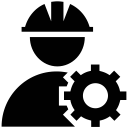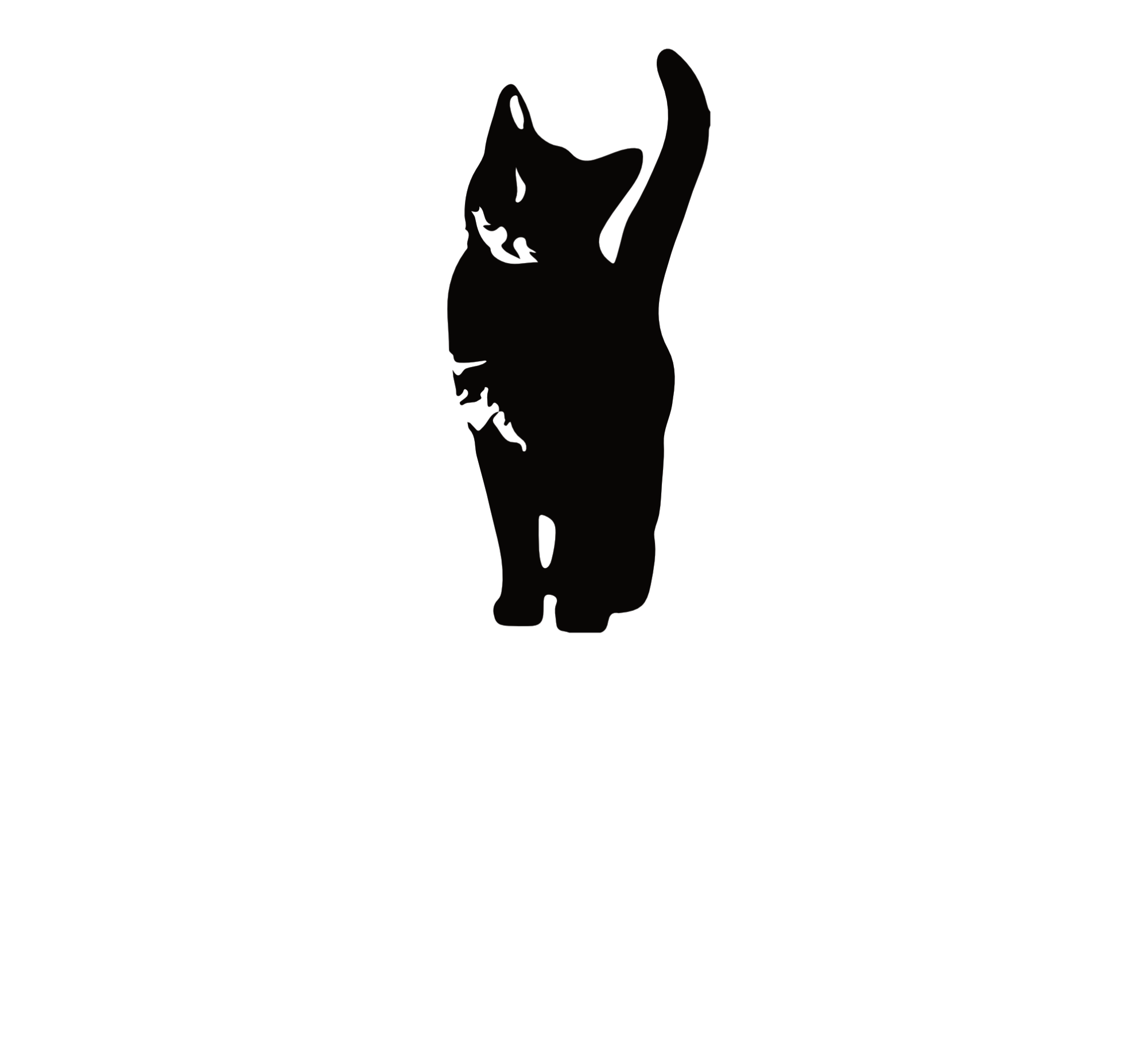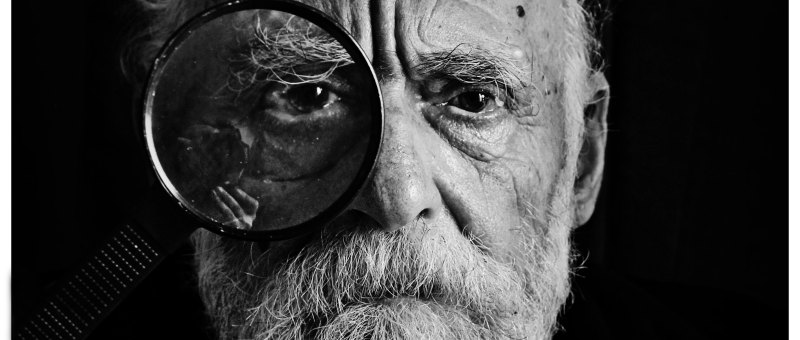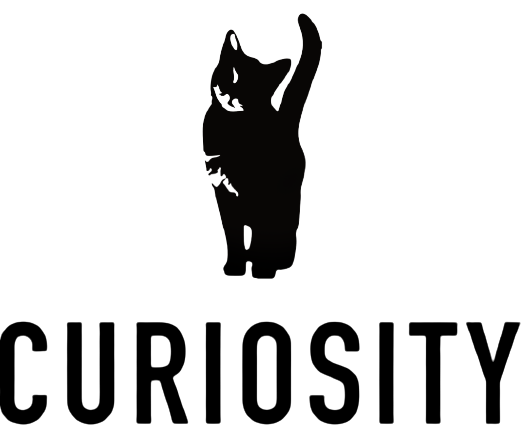I have had the pleasure of working with many CX professionals over the years, most of whom were (and are) very effective at their job. The core leadership trait that they share is they are fervent change agents for the organization. The status quo to them is unacceptable and, as leaders, they are usually tapped to do the job of CX transformation for that reason.
These leaders want to do things differently as it relates to customer practices and policies. Very often CX leaders (CCO, CXO etc) are imported from different areas of the organization such as marketing, operations, call center operations human resources, etc. They bring that perspective to the job, but the effective ones usually speak several functional languages which helps them in boundary spanning to bring the organization together to one common CX cause.
While these leaders come in all forms, over the years I have seen a few clear archetypes emerge. Usually CX leaders are a blend of these archetypes, but I have seen a few purebreds in nature. Each archetype has inherent strengths and weaknesses. Here’s who they are and potential blindspots to be mindful of.

For this CX leader it is all about technology. CRM, CFM, AI, APIs, Chatbots, you name it. If its technology that fixes a problem it is awesome. In fact, sometimes technology is proffered by the Technocrat to find a problem to solve. As the tool keeper this role is invaluable, however, sometimes this kind of leader underplays the importance of people and culture in CX transformation. They tend to lean in to process and automation as a way of “reducing the friction” for customers.
While the Technocrat is a critical member of any team, too much emphasis on technology will result in a well-equipped organization that doesn’t know how to use the tools they have effectively.
Advice to the Technocrat: All roads don’t lead to technology. You must also consider the human element. If this is not your passion or strong suit, find someone who can help you out to consider other elements in creating sustainable change.

This leader might open a meeting with “I have come here to kick ass and chew bubble gum…and I am all out of bubblegum”. This person likes to get things done. And if you are not going to help, well…the Rebel will just find some other way to do it. They are all about innovation and doing things different. They inspire people who want to change and are despised by the folks how prefer the status quo.
While the Rebel is very effective in initiating new approaches and moving the organization forward he or she may be easily distracted by new and exciting things. The sometimes lack the discipline of staying focused and on task. Also, in connecting the dots before others can, they don’t always bring others along with them. A leader with no one following him or her is just taking a walk.
Advice to the Rebel: You need to bring along the crowd. You are innovative but you must inspire others to follow you…even if they think differently than you. Partner up with a cheerleader who can help bring others along with you. Also find ways to stay focused on the core mission at hand.
The Bulldozer
The bulldozer also gets things done. A true planner, the Bulldozer pushes their agenda through organization at a measured, but unstoppable pace. They are relentless. Oftentimes the Bulldozer has high street cred bolstered by a mandate from CEO or President. If you get in the Bulldozers way, you will be run over.
The Bulldozer style can be very effective. However, the “resistance is futile” credo of the Bulldozer can sometimes be off-putting…and create localized insurrections. There is a time for Bulldozer and there is time for a bit more of finesse.
Advice to the Bulldozer: Occasionally you need to look up from your steering wheel and course correct. You also have to realize that if everyone is quiet it doesn’t mean they agree with you. Show empathy and try and at least entertain flexibility in your planning.

Check lists, timelines, traceability, accountability; the Tactician is the Johnny-on-the-spot of getting things done. With the tenacity of a software salesperson, the Tactician will hunt you down if you fail to make your deliverable date. If you don’t respond to the Tactician’s emails…he will go into Terminator mode and find you. In short, the Tactician gets things done through pure tenacity. The downside is; he or she may get so far down in the weeds on implementation that they may not come back up and recheck their assumptions as the environment changes.
Readjustment can be difficult for the Tactician. Also, they oftentimes need the help of other archetypes (such as the Philosopher and Technocrat) to develop the overall strategy.
Advice to the Tactician: Project plans are great, but you also need to be willing to reforecast when appropriate and re-plan. While communication is not your short-coming per se, explaining why something is important and may be something you overlook. You need to remember that these are people who you are dealing with not just cogs in the machine. The Tactician works well with others who need a bit more structure in their life such as the Rebel and…
The Guru
Another form of CX change agent is the philosopher of the CX world; the CX Guru. Gurus loves talking about theory and case studies. They inspire people with their oratory powers and really get people excited about the vision of where the company is going. Unfortunately, the Guru has one weakness; he or she is a philosopher not a necessarily do-er.
All talk and wishful thinking about organizational change is not a sustainable plan to improve the organization. Change starts when something happens. In order for happen to happen there must be a plan.
Advice to the Guru: Find a Tactician, Rebel, or Bulldozer with whom to work. You need to find someone who will bring your ideas to life. You need someone who will help you execute. “Thought leadership” by itself is useless unless you have a plan to implement. Always keep the real business needs as top of mind and back into how that connects with your ideas around CX.

Probably the most effective form of change agent is the Diplomat. This is someone who has the mandate of very senior management and projects an executive presence. They don’t yell. They don’t threaten. They smile. They are confident. They make deals. The Diplomat knows everyone has an agenda and an end goal and she is the master deal maker in making things happen. She also knows that sometimes there is no deal to be made…so situations must be escalated.
While you see the slow advance of the Bulldozer and the crazy antics of the Rebel well ahead of time, the Diplomat uses the backroom to get things done. In the rare instance the Diplomat comes to an impasse with someone, many times that person will silently and unceremoniously just disappear from the organization or parked somewhere where they are no longer an obstacle. “Poof” problem solved. Gracious, consistent, and congenial; the Diplomat is deadly effective.
Advice to the Diplomat: The diplomat is a smooth operator, but she may get a wrapped in all dealing and no doing. Team up with those who can help you activate (Tactician, Bulldozer) and help you think (Technocrat, Guru). You can get the deal done, but you will usually need the help of others for the substance.
What Kind of CX Change Agent are You?
Change agents come in all forms and flavors. Many individuals are hybrids of these archetypes, but I am sure some of these may be familiar to you. The truth of effective organizational change is in having a contingency approach to the needs of the organization as it matures. Early on some Rebels are needed. Gurus are needed for inspiration and to motivate the crowd.
Other times Bulldozer techniques are required and the deployment of the tools in the Technocrat’s toy box are very appropriate. The Tactician skill set is always a welcomed addition to a team to get things done especially when coupled with vision of the Guru. And of course, we all need more Diplomats in our organizations.
We can look at these roles across a Relational vs. Functional1 and a Thinking vs. Doing orientation to CX change leadership. As mentioned, people do not fit nicely into each of these rolls, but they certainly have tendencies and preferences in style.
The CX Change Agent Circumplex
The truth is there is usually not just one style that get things done effectively; it is a team effort. Finding the “purple squirrel” of the ideal change agent is a hopeless cause. An ideal leader in CX change (or really any change) is one that can complement his or her strengths with the skills of others on the team2. Balance your team out. Know who you are and find who can help complement your skill set.
So what kind of CX change agent are you? Who are you missing on your team to create sustainable organizational change? Have you ever seen a purple squirrel?
______________________________
1. Forsyth, Donelson R. (2010). Group Dynamics 5th edition. Belmont, CA: Wadsworth Cengage Learning
2. https://www.amazon.com/Soar-Your-Strengths-Revolutionary-Philosophy/dp/044050564X
CX Sculpting. The Art of Pruning the Unnecessary
Sometimes creating a good experience is knowing when to take things away rather than adding them. Learn how in this brief article…




